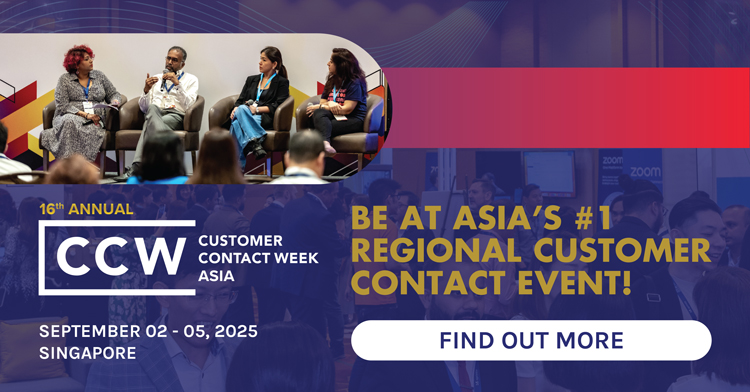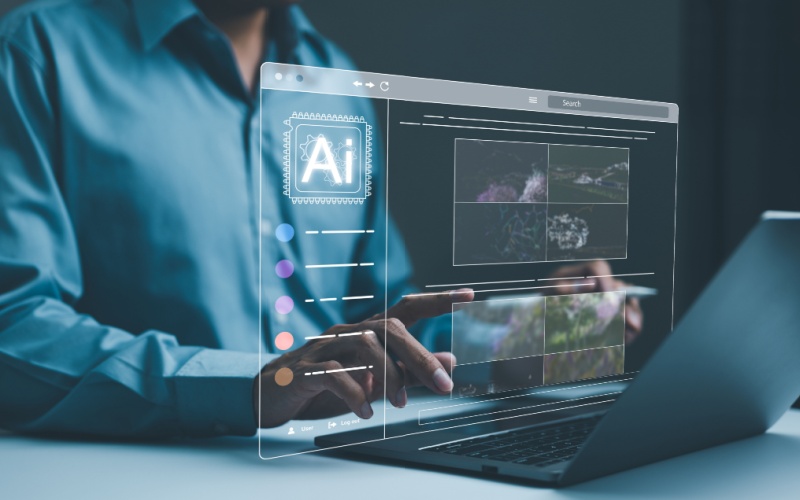When thinking about customer experience (CX), the mind turns first to how interfaces and interactions relate to paying customers. But businesses can’t serve those customers unless their internal customers – employees, partners, and contractors – have the tools they need to deliver what the business promises.
The pressure to deliver on CX is acute among software providers and the companies they serve alike. Software providers face ever-loftier usability standards as users familiar with slick consumer interfaces expect the same of their enterprise systems. Barriers to software-development entry are low. Software-as-a-Service (SaaS) has made switching platforms much easier and cheaper than it was in the on-premise era. And while relationships still matter, the days of acquiring and keeping customers on the strength of a software company’s adeptness at wining and dining customers are long gone.
At the same time, it’s not 2022 anymore. Interest rates are high, and the software investments businesses do make get closely scrutinised. So, software companies and their customers are highly motivated to make sure what gets bought, gets used and delivers on expected ROI. Enterprise systems in particular derive enormous value from the scale, breadth, and immediacy of the data those systems manage. Excellent CX is essential to productivity as well as to building and sustaining valuable enterprise data assets. Here are some ways to ensure it.
Know your use cases
To ensure CX works for internal customers, software developers or those customising aspects of software for a particular customer must understand the nuances of their users’ jobs. My company makes software for critical-infrastructure providers. Years ago, we were convinced we had nailed the interface of the mobile app a field tech would use on a jobsite. Then our product-development lead donned a hardhat and harness and climbed a tower himself. It took about three taps for him to recognise that, up there, it had to be simpler.
The risk of not knowing your use cases is that your users in the field and in the office will work around your system using the old standbys of emails, spreadsheets, similar point tools. Those tools are typically less efficient than job-tailored tools with CX done right in the first place. And, just as importantly, point solutions don’t tie into the centralised databases that give enterprise their power – and, ultimately, deliver ROI.

Customise, sure. But don’t go overboard
Enterprise software’s focus on optimising processes to industry best practices has earned it a reputation for inflexibility – and, indeed, for companies with inefficient processes or proprietary ones uniquely optimised to maintain competitive advantage, this inflexibility can irritate. But increasingly, configuration and customisation layers go a long way toward a better CX experience for internal customers while maintaining a clean core of fundamental business processes.
So, go ahead and customise – some. But remember that upgrading to state-of-the-art enterprise software and the processes it codifies invariably involves business transformation. Deliberate change management with key user groups can go a long way in helping them adapt while minimising implementation expense and the future costs of applying customizations to SaaS upgrades, which are frequent.
Expect AI to change CX
Artificial intelligence will drastically simplify user interfaces. For example, screens with multiple fields into which users enter search criteria (“Date,” “Author,” “Keywords,” etc.) will come across as quaint sooner than later, because AI can parse “Find an invoice submitted by ACME, Inc. in January involving solar inverters.”

That sort of simplicity will have especially profound business implications when it comes to analytics, because it will make analytics much more accessible to business users who don’t have the time, expertise, or inclination to run the complex queries they could otherwise benefit from. Hard experience has taught so many businesses that even the most elegant analytics model is for naught if the CX repels rather than invites.
For a sense of AI’s impact on mobile interfaces, consider that worker up on a tower. With a combination of voice recognition and AI, the technician could execute and document an entire repair without the device leaving his pocket.
Don’t forget the engine
A Ferrari’s appeal is more than skin deep, and so it must be for an enterprise system. The value of excellent enterprise-system CX is in its ability to improve productivity through universal acceptance and exploit insights from the data accrued through comprehensive use. An appealing front end is vital; a powerful, dependable system engine is indispensable. And a front end is a lot easier to tweak than a core system. It should go without saying at this point that your core system should be in the cloud, where the workforce as well as AI tools have real-time access to diverse, deep data sets.
An enterprise system’s value ultimately depends on users actually using it. Attention to CX based on a real-world understanding of diverse use cases is central to driving and maintaining user acceptance. AI will change how we interact with our systems, and AI’s emergence will act as a catalyst for combining cloud-based data models, powerful analytics, and CX that invites the user’s embrace throughout the organisation.

